Favorite CollLection Triceratops Real Figure Keyring
$11.95
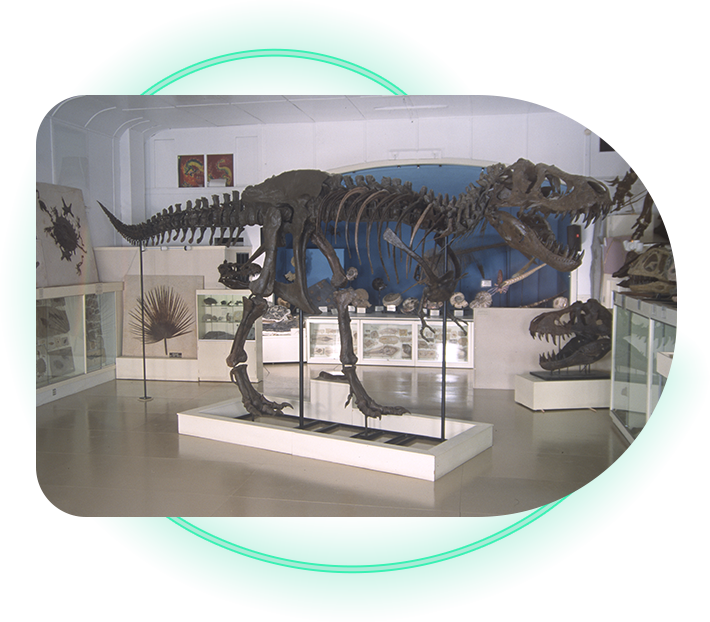
The story of STAN™, the Tyrannosaurus rex, began 65 million years ago in the heart of what is known today as North America. By studying the earth, along with fossil bones and plants, scientists can piece together a picture of what life was like then – and how this largest carnivore to walk the Earth lived out his days.
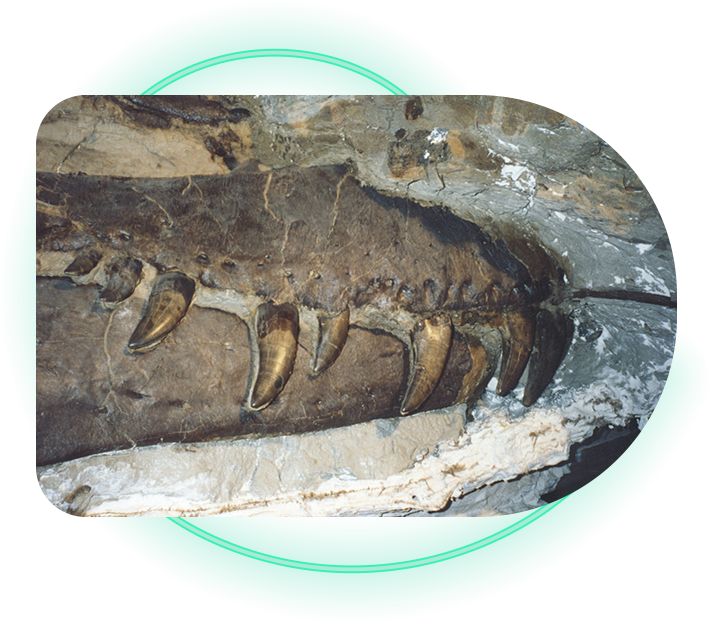
The following pages give a short history of the T.rex, named SUE, by the people directly involved in her excavation, initial preparation, and ownership.
This first installment (spread over three pages) follows SUE from her discovery and excavation through her initial preparation. The second half finds SUE the object of a raid and seizure, a court case, and, eventually, an auction.
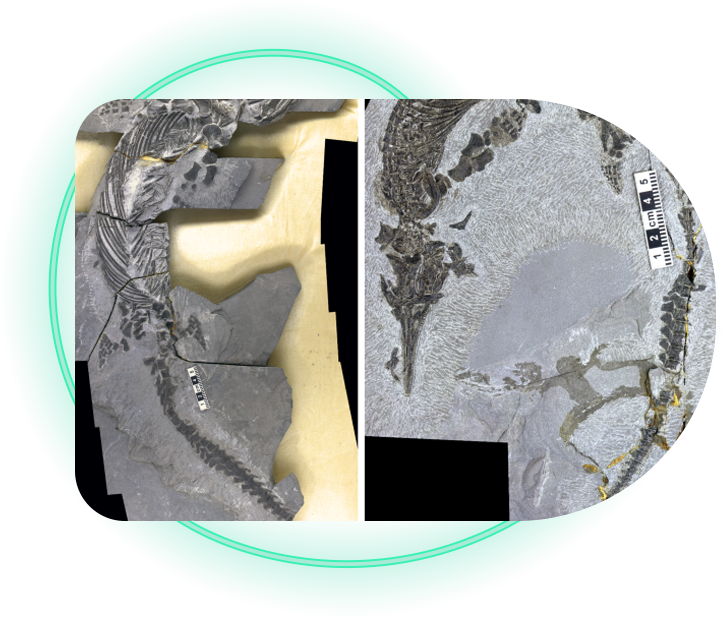
Table compiled @ BHIGR – * % = calculation: # of bones represented divided by bone count in complete skeleton.
* C = Professional collector, P = Degreed paleontologist, S = student, and A = Amateur paleontologist
There are two skeletal morphotypes: a robust form we believe is female and a gracile form we believe is male.
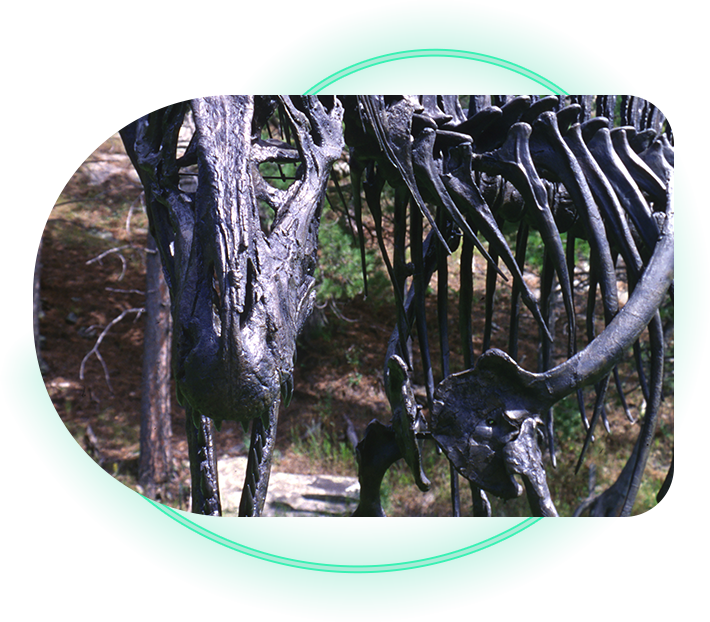
After 120 million years of lying entombed in an ancient stream bed, not to mention more than a decade of excavation and preparation, the nearly forty foot long skeleton of the predatory dinosaur, Acrocanthosaurus atokensis is standing tall.
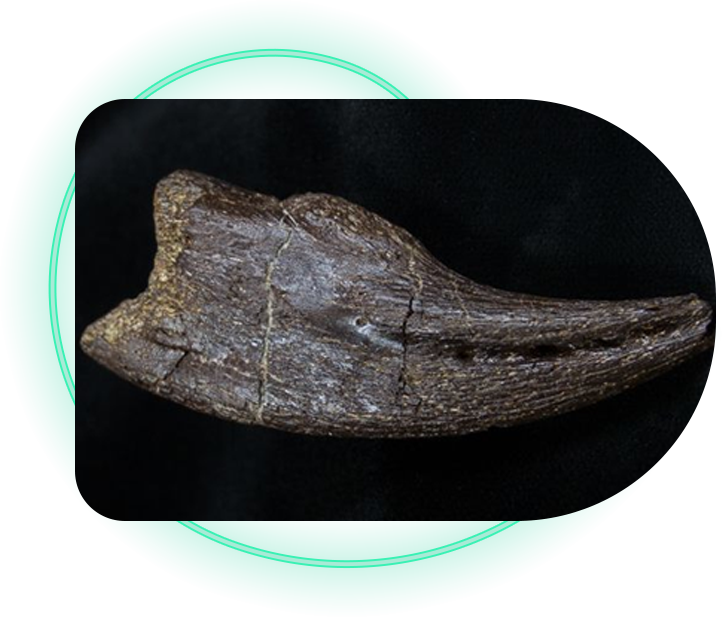
Struthiomimus sedens was obviously designed for speed. Its elongated lower leg, which is substantially longer than its upper leg, is an anatomical feature also present in some of today’s swiftest land animals, including the ostrich and the cheetah.
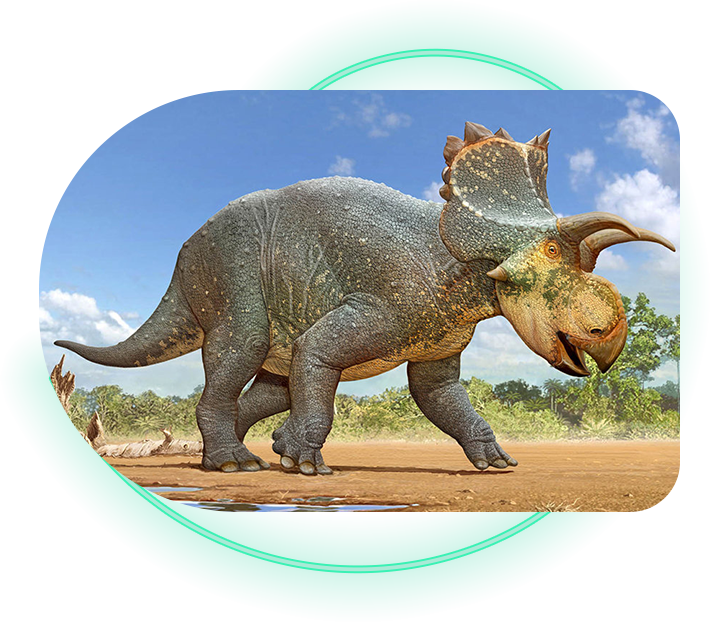
Ceratopsians (Suborder Ceratopsia) are an extinct group of ornithischian dinosaurs that lived from the Early Cretaceous (135 MYBP) to the end of the Late Cretaceous (65 MYBP). This group includes “horn-faced” dinosaurs like Triceratops. Ceratopsians are distinguished by the backward extension of the bones at the rear of the skull (the squamosals and parietals). This gives the skull an elongated appearance and forms the ‘frill’ in the latter, more derived forms.
Ceratopsians also had a well developed beak, very reminiscent of living parrots. Unlike parrots, however, ceratopsians also were armed with an extensive battery of teeth used to grind vegetation. Ceratopsians possess a unique bone on the front of the upper beak, called the “rostrum”. that is found in no other group of dinosaurs.
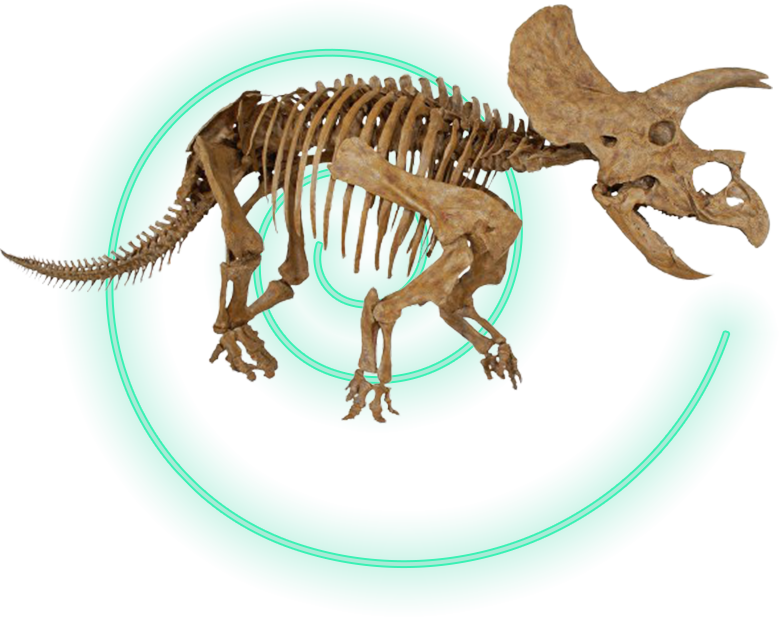
What appears to be one of the three most complete Triceratops horridus skeletons known to science was excavated by Black Hills Institute staff from the Lance Creek fossil beds near Newcastle, Wyoming, in April of 1998. More than half of the Triceratops specimens presently known were excavated from these same fossil beds. This Triceratops was named KELSEY for the 3 year old granddaughter of Leonard and Arlene Zerbst, the amateur fossil collectors who first discovered a portion of the skull weathering out of a hillside near their ranch home.
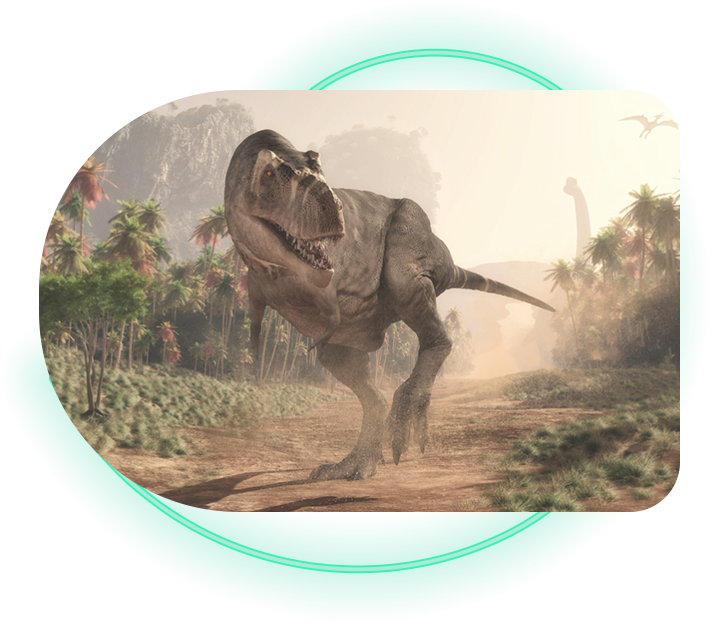
Prey of the dread Tyrannosaurus rex as well as smaller predatory dinosaurs, and other herbivorous, duckbilled dinosaurs were so numerous and traveled in such large herds, that they have been referred to as the “Cattle of the Cretaceous”. Fossil evidence (large bonebeds containing remains of thousands of duckbilled dinosaur skeletons) indicates that large numbers of duckbilled.